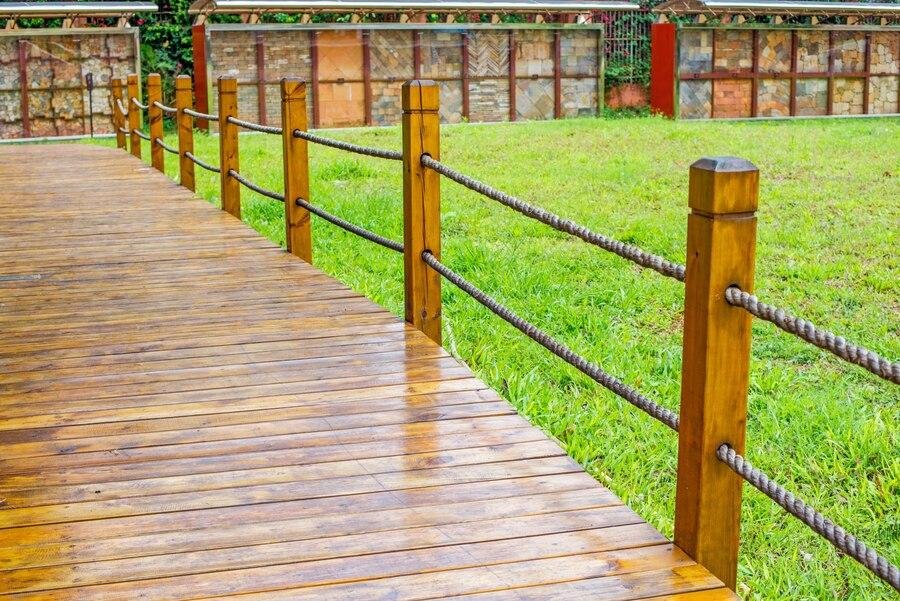When it comes to enhancing the appeal and security of your home, few things are as quintessentially charming as a well-crafted wood fence. Whether for privacy, safety, or simply aesthetic appeal, installing a wood fence requires careful planning and execution. However, even the most straightforward projects can encounter pitfalls if not approached with attention to detail. Here, we explore some common mistakes to avoid in residential wood fence installation.
1. Neglecting Proper Planning and Measurement
One of the most crucial steps in any wood fence installation project is thorough planning. Before picking up the first post, ensure you have accurately measured the area where the fence will be installed. Failing to measure properly can lead to significant issues later, such as gaps between panels or uneven fence lines that detract from the overall look and function of the fence.
2. Choosing the Wrong Type of Wood
Not all wood is created equal when it comes to fencing. Selecting the right Residential Fence Contractor and type of wood is essential for both durability and aesthetic appeal. Cedar and redwood, for instance, are popular choices due to their natural resistance to decay and insects. Avoid using untreated or less durable woods that may warp or rot quickly when exposed to the elements.
3. Skipping Proper Foundation Preparation
A solid foundation is the backbone of a sturdy fence. Ensure that you dig your fence post holes to the appropriate depth and width, considering the type of soil and local climate conditions. Neglecting proper foundation preparation can lead to leaning or unstable posts over time, compromising the integrity of the entire fence structure.
4. Incorrect Installation of Fence Posts
Properly setting the fence posts is critical for the longevity and stability of your wood fence. Be sure to use quality posts that are treated for ground contact to prevent premature rotting. Additionally, ensure that each post is set at the correct depth and aligned perfectly upright before securing them with concrete or gravel. Improperly installed posts can cause the entire fence to lean or sag over time.
5. Ignoring Weather Conditions During Installation
Wood is highly susceptible to changes in weather and moisture levels. Avoid installing your fence during periods of extreme weather, such as heavy rain or intense heat, which can affect the stability and appearance of the wood. Ideally, plan your installation for dry, mild weather to ensure optimal conditions for setting posts, attaching panels, and applying protective finishes.
6. Overlooking Proper Maintenance and Treatment
Even the most well-installed wood fence requires regular maintenance to prolong its lifespan and maintain its appearance. Treat your fence with a weather-resistant sealant or stain shortly after installation to protect it from moisture, UV rays, and other environmental factors. Regularly inspect your fence for signs of wear, and perform necessary repairs promptly to prevent small issues from becoming costly problems.
Conclusion
A properly installed wood fence can add beauty, privacy, and value to your home for years to come. By avoiding these common mistakes and taking the time to plan, prepare, and execute your project with care, you can ensure a successful and long-lasting result. Whether you’re tackling the installation yourself or hiring a residential fence contractor, attention to detail and adherence to best practices will pay off in the form of a sturdy, attractive fence that enhances your outdoor space.

